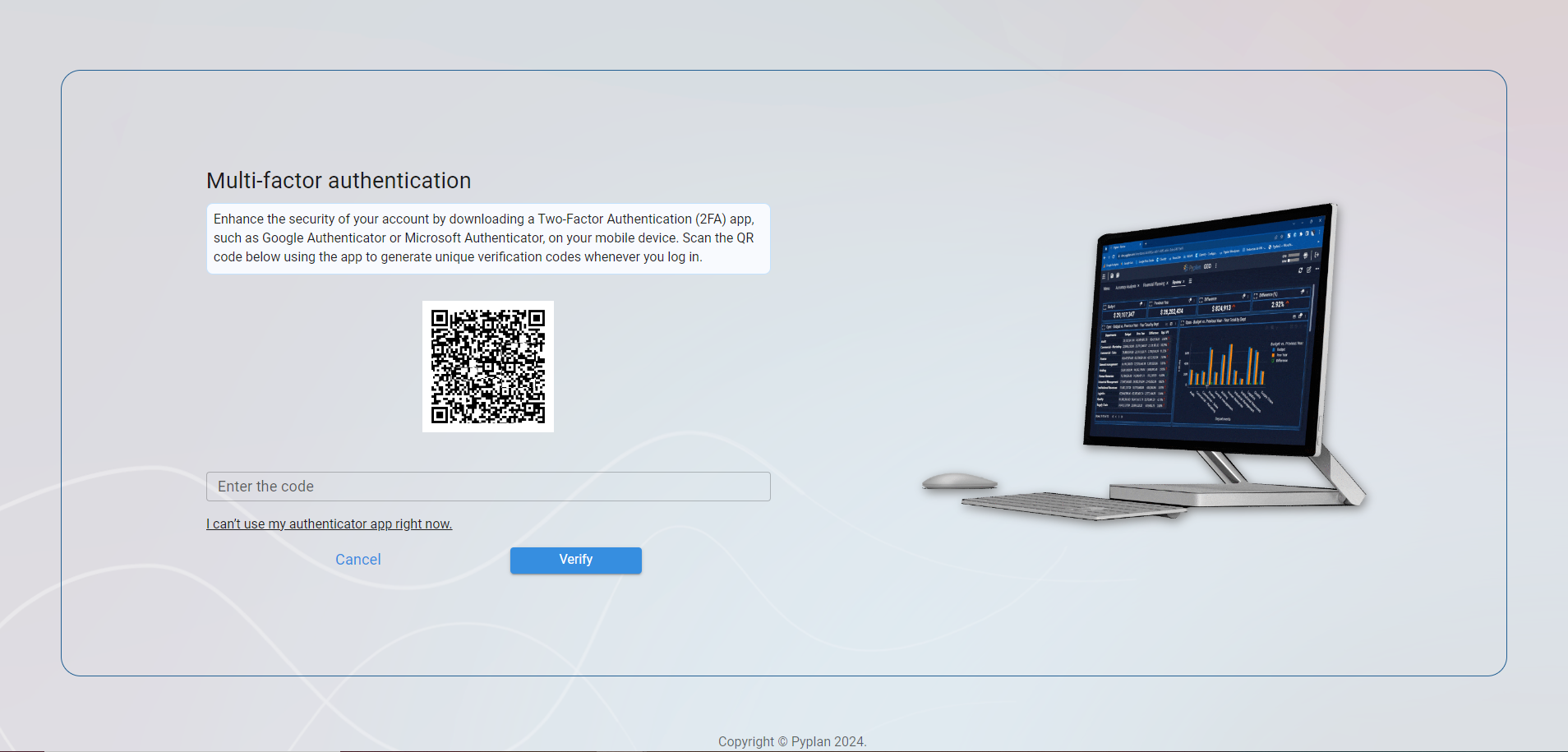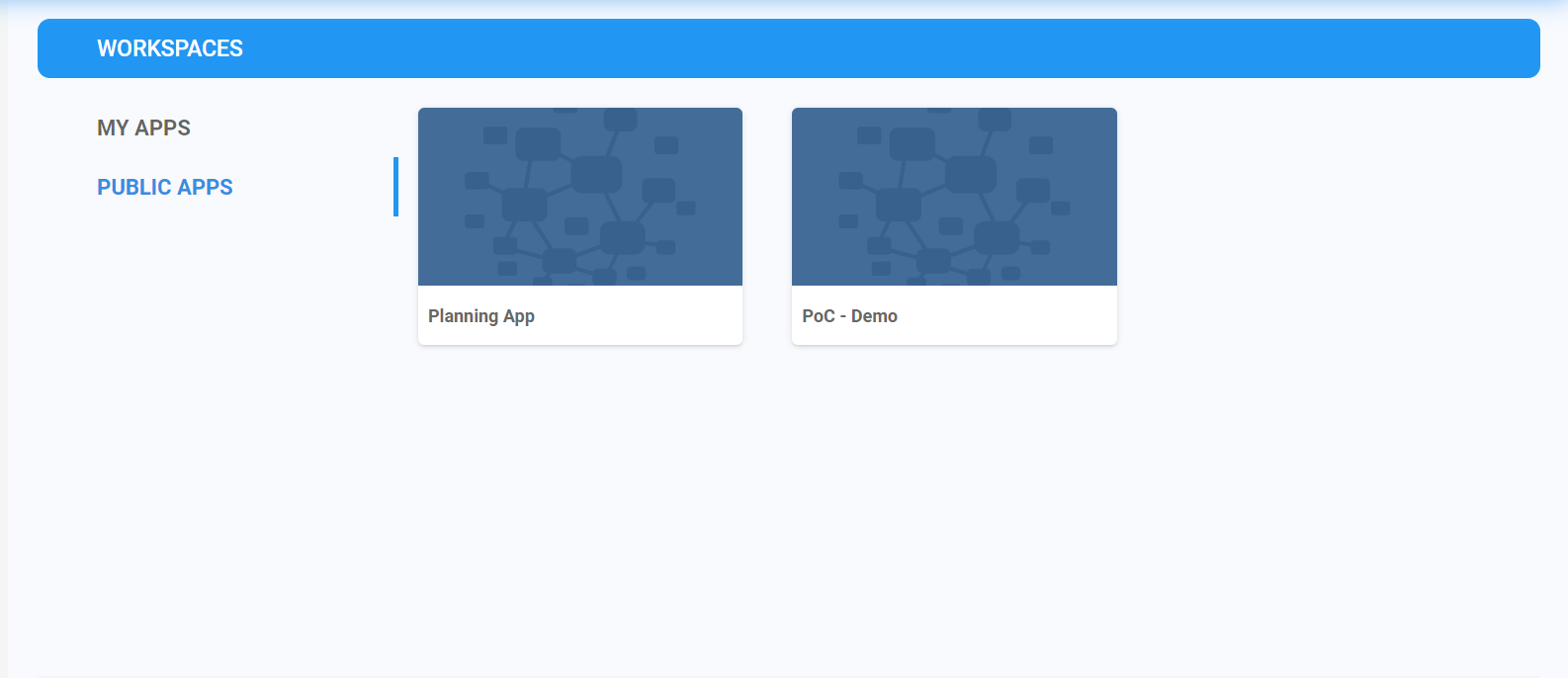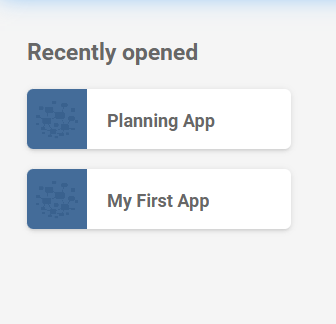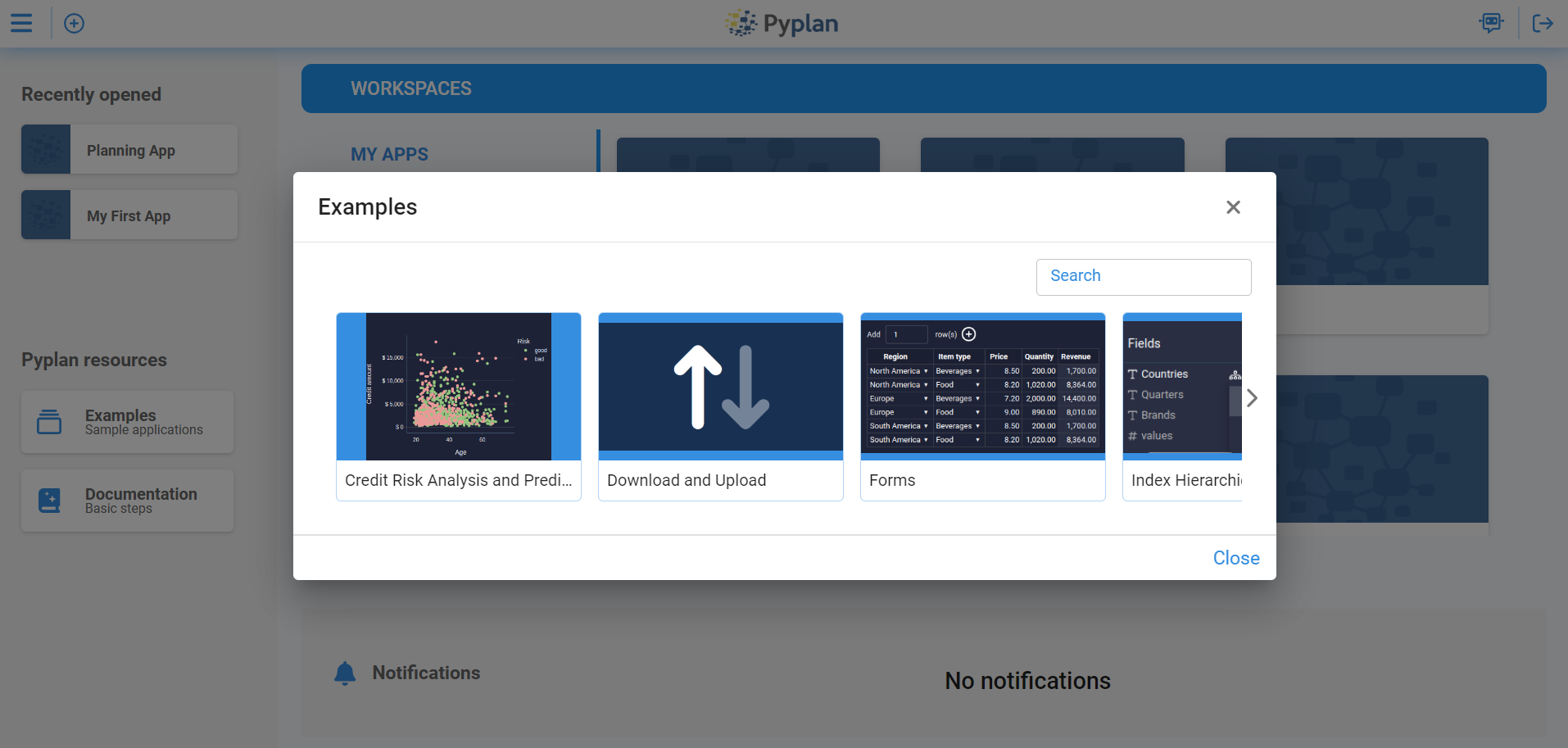¶ Accessing Pyplan
To access Pyplan, visit the internet address of the server where it's installed. Once there, you'll be prompted to input your credentials on the login page.

Upon initial login, the system will prompt you to scan a QR code to link a two-factor authentication application, such as Google Authenticator or Microsoft Authenticator. Once the app is linked, you will need to enter the code generated by the authenticator, which will grant you access to Pyplan.

Pyplan also ffers a convenient "Single Sign-On" feature, automatically recognizing users who belong to a domain server.
If you use the Single Sign On (SSO) login, you must add /saml/[company code] to the URL. Example: https://dev.pyplan.com/saml/pyplan
For more info check: /technical-docs/sso
¶ Home Section
Once logged in, you'll land on Pyplan's home section, serving as the central hub for accessing various features and functionalities.

¶ Accessing Functionalities
The menu at the heart of the home section provides easy access to Pyplan's features, from model building to data analysis.
Creating New Applications
To create a new application, simply click on the "+" sign located at the top left corner of the screen. This action will trigger the appearance of a new application window, allowing users to specify key details such as the application name, whether they wish to start from scratch or use a base model, and whether they prefer the application to be created in the Public section or within their personal workspace.
For more info check: Link

¶ Workspaces
The Workspaces section serves as a centralized hub where users can manage and access all their applications within Pyplan. Here, you can conveniently view and organize your own applications, as well as explore Public apps and those shared within your team. This section provides a structured overview, allowing for efficient navigation and utilization of Pyplan's expansive application ecosystem.

¶ Recently Opened
The Recently Opened section provides quick access to applications that users have interacted with recently. This feature enhances workflow efficiency by eliminating the need to manually search for previously used apps. By displaying a list of recently accessed applications, users can seamlessly pick up where they left off, streamlining their productivity within Pyplan.

¶ Notifications
The Notifications section serves as a centralized location for users to view and manage notifications received within Pyplan. Whether it's updates on shared applications, collaboration requests, or important announcements, this section ensures that users stay informed and engaged with relevant activities within the platform. By providing a consolidated view of notifications, Pyplan enhances communication and collaboration among users, fostering a more efficient and connected work environment.

¶ Pyplan Resources
The Pyplan Resources section serves as a valuable hub designed to support users on their journey to mastering the platform. Here, users can access a wide array of learning materials, including example apps and a direct link to the Pyplan documentation.

¶ Logging Out
To log out of Pyplan, simply locate the logout option in the top right corner. Clicking on it will securely end your session, ensuring the protection of your data. Logging out is essential for maintaining account security, especially when using shared or public devices.

With these features, Pyplan empowers efficient and insightful decision-making for your modeling and analysis needs. Welcome to enhanced productivity with Pyplan.